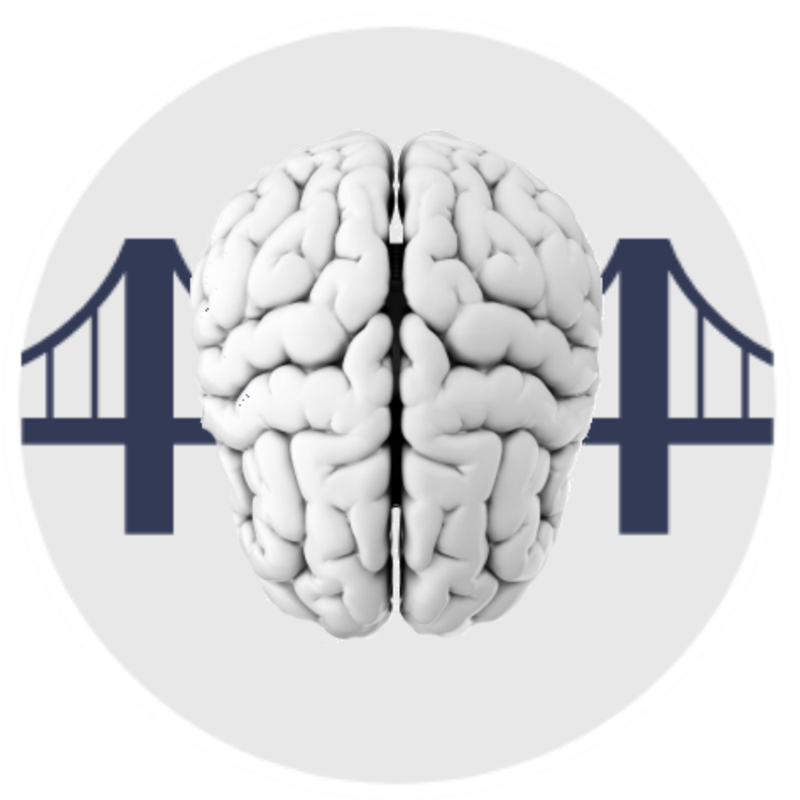Do This Now to Prevent Learning Difficulties When School Starts
by Janet Zadina on 07/13/20
We must act now to address the mental health consequences coming from how the pandemic has changed the lives of our students. After an initial survival response that allows us to take action, trauma fatigue sets in, resulting in an increase in mental health issues. In addition to mental fatigue from the ongoing stress, faculty and students are experiencing anxiety and trauma from the uncertainty of what will happen in the fall.
A college professor wrote me this week that in the last month one student committed suicide and two others entered a residential mental health facility. Parents are telling me that their children are crying and distressed over what is going on and uncertainty about what will happen. Faculty are missing their students but frightened about returning to in-person teaching. The biggest health crisis from the virus may be the mental health effects.
These issues can also lead to lifelong health problems if not addressed. With regard to education, it is well-established that mental health issues, such as anxiety, high stress, depression, and trauma, can impair learning and lower achievement.
What are some things you can do for yourself now and advise your students to do before they return or immediately upon return if that is the first time you see them? While this could be (and will be soon!!!) an entire book, let me share with you a few important conditions that have been shown in research after natural disasters to help prevent chronic post-traumatic stress disorder.
First, let’s establish that you should already be using, and have taught students to use, quick strategies to immediately reduce the fight/flight/freeze chemicals, such as deep breaths and so forth. See my resources for Coping with COVID. ]]But that quick recovery is not enough. We must also have an environment that creates resistance to stress, promotes resilience, and leads to faster recovery over the long-term. See if you can incorporate activities and discussions that will enhance these mental states:
1. A sense of control: When everything feels out of control, and certainly the pandemic feels out of control, stress rises. Giving yourself and others a sense of control can reduce stress and create resilience. While we cannot control what is happening in the world, we can have some sense of control over everyday things can help us feel less out of control.
How can you give your students choices? Can they have a choice of two assignments? Can they have a choice of which day to do something? This gives them a sense of control over their schoolwork. Use words such as “your choice” or “you control which you choose”.
2. A sense of self-efficacy: Bandura (see references below) discusses the role of self-efficacy in education. Later researchers found that a sense of self-efficacy protected against long-term post-traumatic-stress disorder after a natural disaster. Self-efficacy is the feeling that you can cope. It means you believe that you have the power to do something about the situation you are in. While there is not much that someone can do during the pandemic about the situation in the world, we can do something about our situation in our home or school. Ask students how they are taking care of themselves. What are they doing to make themselves be safe? Draw attention to their accomplishments. Bandura’s article below elaborates on how your can instill self-efficacy in students.
3. A sense of connection: Connection to others is well-established as a means of coping with anxiety, stress, depression, and trauma. It is critical to human survival, so the brain rewards us with feel-good chemicals such as dopamine and oxytocin when we connect with others. Unfortunately, the pandemic has necessitated that we must isolate ourselves to be safe. This may be one of the most harmful effects, although it is necessary. However, I think we have all experienced the unique ways people have found to make connection, even when in quarantine. There are online meet-ups for dinners, happy hours, coloring sessions, and book clubs. People are reaching out to others and forming groups that would not have been formed otherwise. How can you help your students stay connected? Whether you are teaching online or in-person, how can you have them engage in some social interaction, perhaps more than you would have in the past during this period of recovery? Zoom has breakout rooms so you can let friends get together online and have a chat and reconnect if they are not able to do that on their own at home. Build in more social activities, even if you must find ways to physically distance.
4. A sense of predictability: Predictability and routine reduce stress. Novelty increases dopamine. That sounds contradictory. Routine doesn’t mean it has to be boring. For example, if you start your class with a few minutes of meditation, that is routine and predictable. But every class you have a different kind of meditation, such as a moving meditation or a guided imagery or even singing. That is the novelty. There is enough uncertainty now that we definitely do not want that in our teaching or daily lives. Create a routine overall but with novelty within it. So at home you may have a theme night dinner on Saturdays but every Saturday the theme is different. Predictability and novelty.
5. Goals: Goals give us a sense of control. Goals should be small enough that they are achievable but challenging. However, it is essential that the goals are within that individual’s control. A goal of a higher grade is not under their control; a goal of studying 15 minutes more a day for a week is. Talk about their goals and dreams for the future. I have a file folder called After Covid into which I put information about places I want to travel or dine, things I want to accomplish, and projects I want to initiate. Remind them that while you can’t do some things “for now” there is a future.
My heart goes out to all educators during these very difficult times when decisions that affect you personally, your health, your family life, and your students are being made or even more stressful, are in limbo. Please seek mental health treatment if you need it and remind your students to talk to someone or seek mental health. Remind them of whatever mental health resources are available to them and let them know that it is something anyone would benefit from (no stigma). Please take care of yourselves.
References
Bandura, A. (1982). Self-efficacy Mechanism in Human Agency. American Psychologist, 37, No.2, pp. 122-147.
Benight, C. C. & Bandura, A. (2004). Social cognitive theory of posttraumatic recovery: the role of perceived self-efficacy. Behav.Res Ther., 42, pp. 1129-1148.
Benight, C.C. & Harper, M.L. (2002) Coping self-efficacy perceptions as a mediator between acute stress response and long-term distress following natural disasters. Journal of Traumatic Stress. 15, No. 3. pp. 177-186.
Benight, C,. C., Ironson, g., Durham, R.L. 1999) Psychometric properties of a hurricane coping self-efficacy measure.. Journal of Traumatic Stress. 12, No. 2, p. 379.


